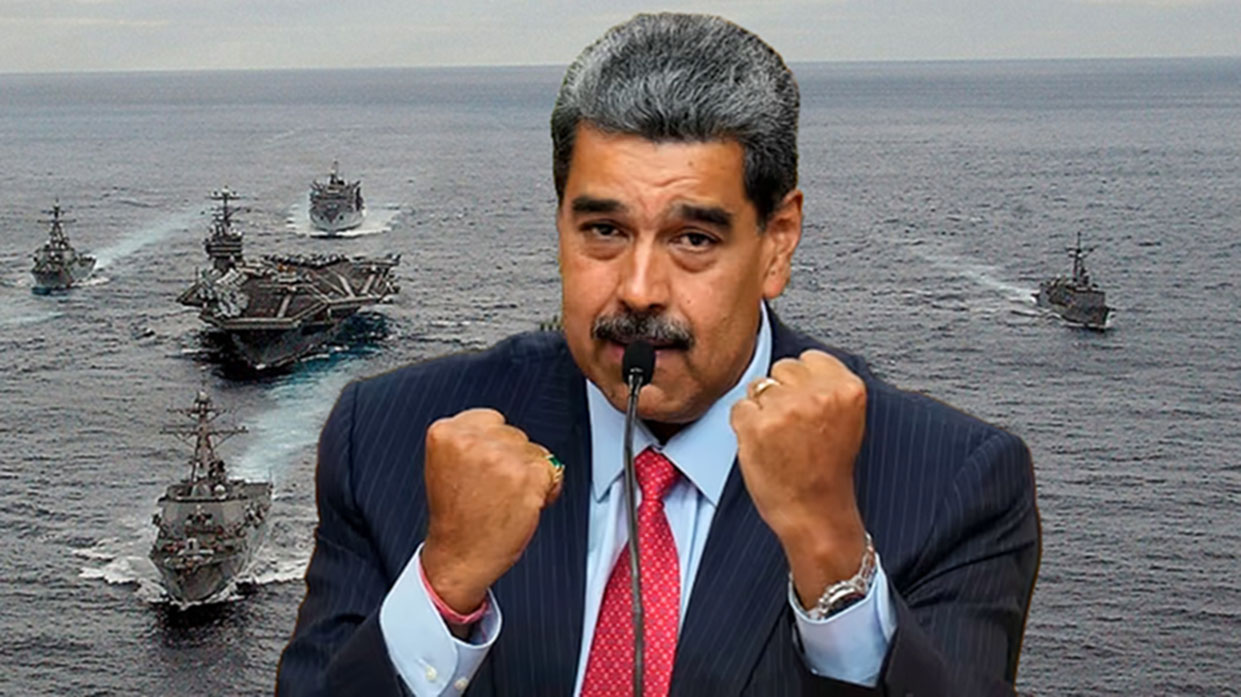The fog rolls in quietly over San Francisco Bay, wrapping Alcatraz Island in the familiar grey shroud that once defined its myth. For decades, the site has been a beacon for tourists—families with headsets tracing the footsteps of Al Capone, photographers seeking drama in rusted bars and peeling concrete, schoolchildren learning of escape attempts. But today, the island faces a question that blurs nostalgia, politics, and punishment: Should Alcatraz remain a living museum, or once again become a prison? The question is, should Alcatraz Island be the Prison, once again?
President Donald Trump—newly re-elected and charging into his second term with signature bravado—has proposed reopening Alcatraz as a maximum-security federal facility. “We need more prisons, not fewer,” he told reporters. “The worst of the worst belong on an island, not in our neighborhoods.”
Alcatraz: The Island That Held America’s Sins
Once considered the most secure penitentiary in the United States, Alcatraz operated from 1934 to 1963. Its isolation, natural and man-made, made escape virtually impossible. Notorious inmates such as Al Capone, Robert Franklin Stroud (the “Birdman of Alcatraz”), and Machine Gun Kelly spent years within its cold stone walls.
Yet by the early 1960s, the federal government deemed it too costly to maintain. Saltwater erosion, logistical expenses, and changing ideas about incarceration led then-Attorney General Robert F. Kennedy to shutter the prison. Its final prisoners were removed on March 21, 1963. Kennedy’s words at the time: “The cost to the taxpayer is unjustifiable. We can do better with our ideals and our money.”
A Rebirth in Rust
In the decades since, Alcatraz has become one of the most iconic tourist attractions in California. The National Park Service maintains it as part of the Golden Gate National Recreation Area, drawing more than 1.5 million visitors annually. Tours highlight both the prison era and the 1969 Native American occupation that gave the island new political meaning. Its haunting architecture has become a kind of poetic ruin—revered rather than feared.
According to San Francisco’s tourism office, Alcatraz alone generates tens of millions of dollars annually in regional economic impact. “It’s a crown jewel,” said one city tourism official. “To repurpose it as an active prison would be like turning the Statue of Liberty into a border checkpoint.”
The New Proposal—and Its Critics
Trump’s proposal ignited a firestorm of commentary. Supporters, particularly among law-and-order conservatives, argue that the symbolism of Alcatraz is needed now more than ever. Rising crime rates, overwhelmed prison systems, and what they view as lenient judges have prompted calls for tougher consequences. “Alcatraz sends a message,” said Senator Tom Cotton. “We’ve gone soft. It’s time we remember what justice feels like.”
Elon Musk, whose relationship with the Trump administration has swung from cautious alliance to quiet withdrawal, posted simply:
“Interesting idea. But building a prison on nostalgia feels like retrofitting trauma.”
Opponents have been louder. Human rights groups called the proposal “barbaric,” and San Francisco’s city council issued a joint resolution condemning any use of the island for detention. One of the harshest rebukes came from Professor Angela Waters, a criminal justice reform advocate:
“To take a symbol of historical suffering and turn it into a fresh wound is not just bad policy. It’s cruelty masquerading as nostalgia.”
A Third Path?
There are those who propose a compromise: a hotel or luxury retreat, using the site’s isolation not for punishment, but reflection. “Why not let Alcatraz become a symbol of transformation, not regression?” asked urban development scholar Reena Patel. “Let people stay overnight, learn history, connect with it—not relive it.”
As of now, no federal funding has been allocated to the prison proposal, but an exploratory task force has been formed. Meanwhile, the ferries still run. Tourists still walk the cellblock. And the island waits, again, for America to decide what it wants it to be.
Further Reading:
- Trump Orders Reopening of Alcatraz Prison for ‘Most Ruthless Offenders’
- What to Know About Alcatraz’s Closure in 1963
- San Francisco’s Golden Prison-Turned-Goldmine
This article is part of 3 Narratives. Two sides. One story. You make the third.


